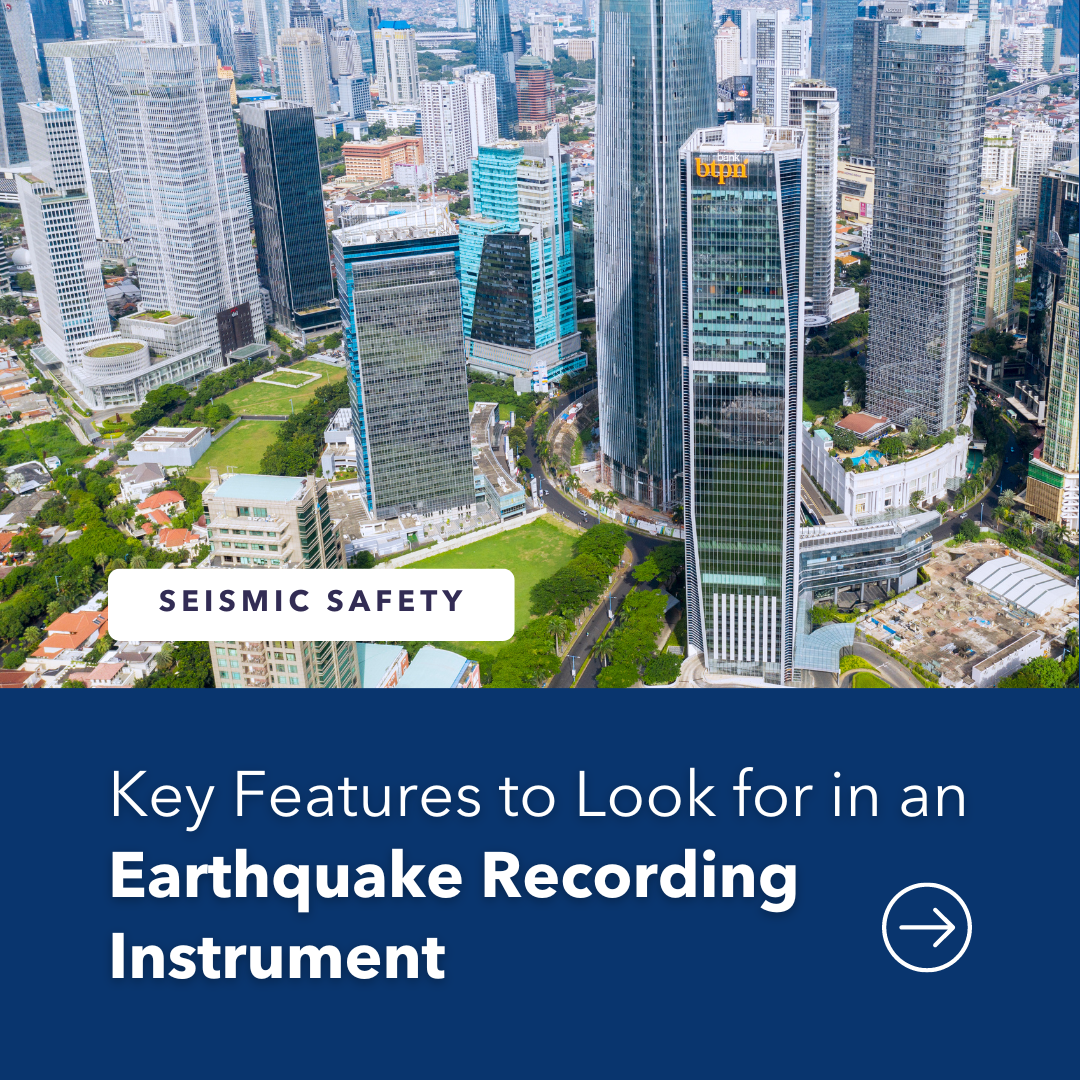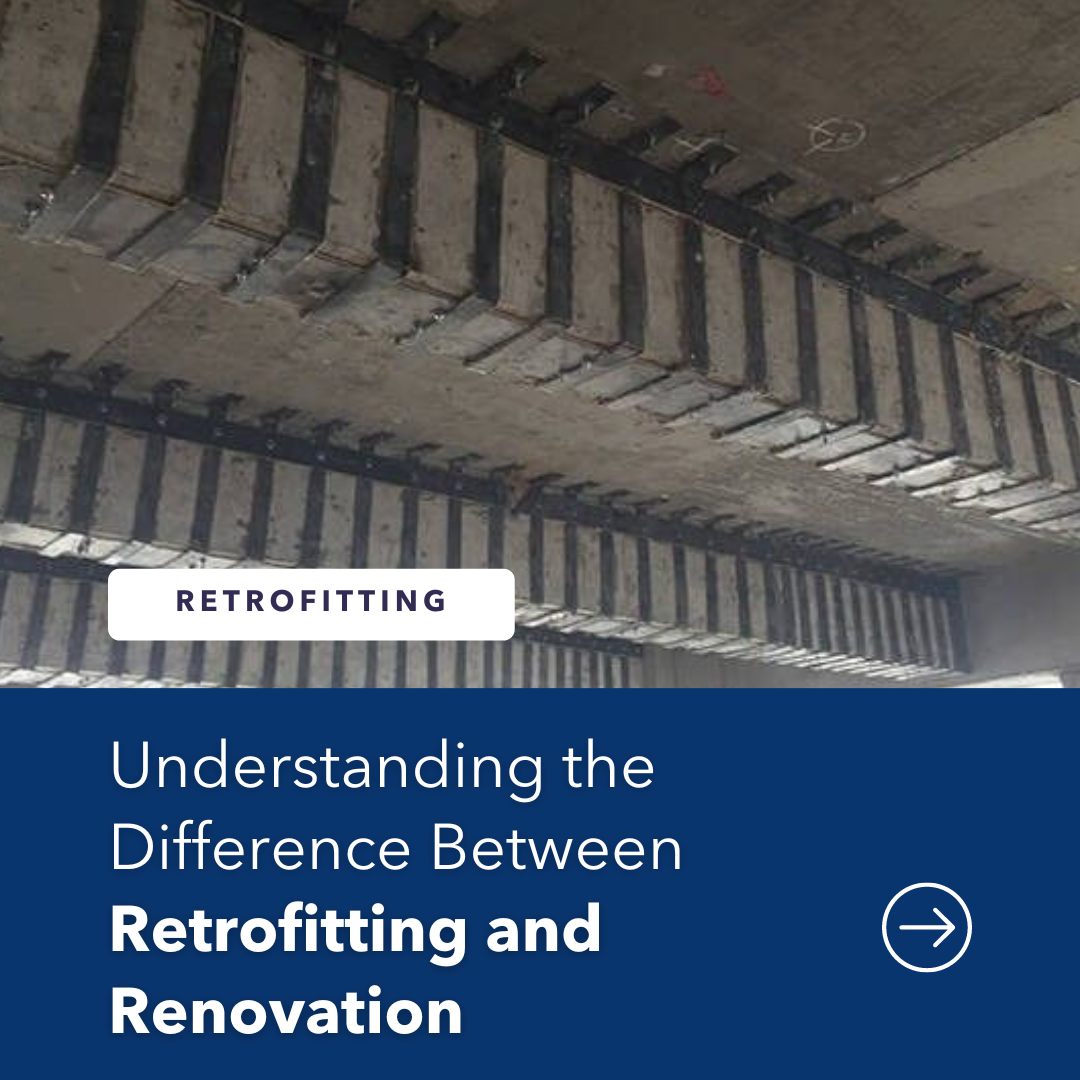
BLOGS AND ARTICLES
The Importance of Earthquake Recording Instruments: How They Protect Your Property
Earthquake recording instruments offer real-time reporting and audio alerts during seismic events, providing vital data for immediate action and post-quake assessments. These tools protect your property by minimizing damage, ensuring compliance with safety standards, and helping you respond quickly during critical moments. Invest in earthquake monitoring to safeguard your property and enhance its resilience.
When to Evacuate during an earthquake?
Understanding when to evacuate during an earthquake is crucial for safety, especially in earthquake-prone regions like the Philippines. This guide explores essential evacuation guidelines from PHIVOLCS for earthquakes of magnitude 6 and above and highlights how earthquake recording instruments can aid in making informed evacuation decisions
Evaluating Your Earthquake Recording Systems
As we transition from National Disaster Preparedness Month in July, it’s crucial to assess the effectiveness of your earthquake recording systems. Regular evaluations ensure that your equipment remains accurate and reliable, providing essential data for early warnings and safety measures. Learn how to conduct a comprehensive assessment to keep your systems in top condition and safeguard against seismic events
Key Features to Look for in an Earthquake Recording Instrument
When selecting an earthquake recording instrument, it's essential to consider features like sensitivity, real-time data transmission, robust storage, durability, ease of use, compliance, and comprehensive analysis. RoboQuake excels in all these areas, ensuring high accuracy, immediate alerts, durable design, and user-friendly interfaces for optimal seismic monitoring and safety.
Understanding the Difference Between Retrofitting and Renovation
When we talk about improving buildings, we often mention two things: retrofitting and renovation. They both mean changing existing spaces, but they have different goals and methods. In this blog, we'll explain the differences between retrofitting and renovation to help you decide which is right for your project.
The Importance of Earthquake Recording Devices
In regions prone to seismic activity, the importance of earthquake recording devices cannot be overstated. These sophisticated instruments play a vital role in proactive disaster preparedness, providing real-time data and insights into a building's structural integrity during seismic events.
Retrofitting Old Buildings: Why It's Essential and How to Do It Right
In today's rapidly evolving urban landscape, retrofitting old buildings has emerged as a crucial endeavor for ensuring safety, sustainability, and resilience. Explore why retrofitting is essential and how it enhances structural integrity, energy efficiency, and cultural preservation in our modern world.
Building Resilience: A Guide to Retrofitting for a Safer Tomorrow
In the dynamic landscape of construction and engineering, retrofitting stands as a key strategy to fortify structures, ensuring they withstand the test of time and evolving safety standards. This blog delves into the significance of retrofitting, exploring its benefits, common applications, and the transformative impact it has on the longevity of buildings.
3 Key Earthquake Preparedness Tips for Building Owners and Property Managers
Earthquakes can pose significant threats to buildings and their occupants, making it imperative for building owners and condo managers to prioritize preparedness. In this comprehensive guide, we'll delve into 3 key strategies to fortify your structures and ensure the safety of everyone within.









